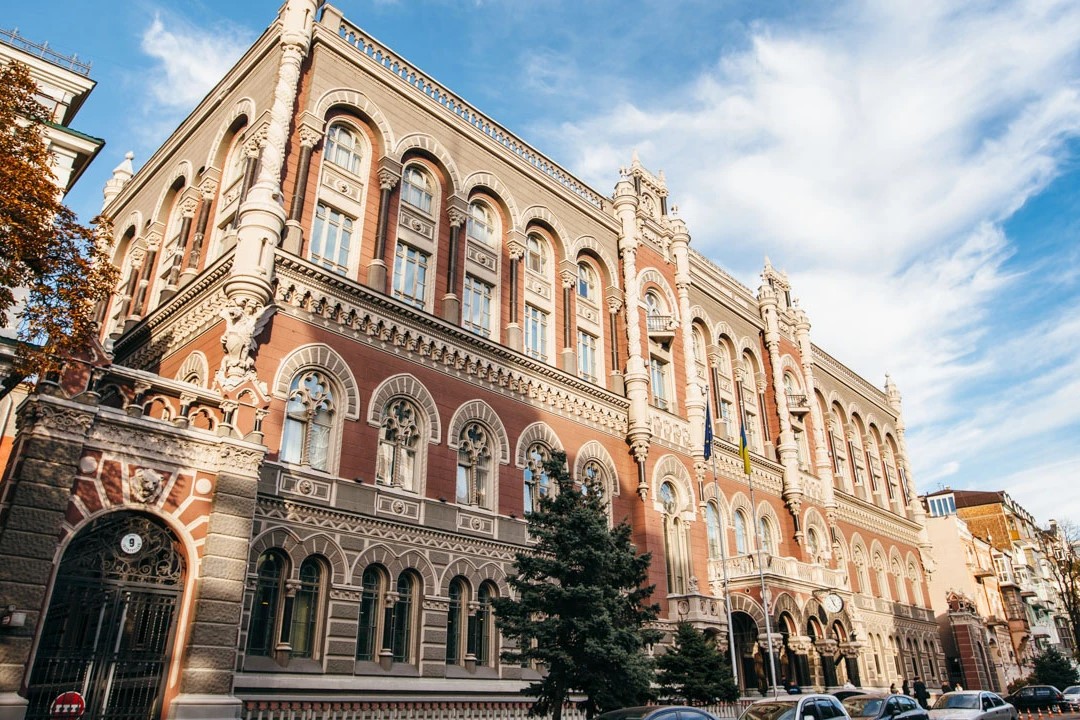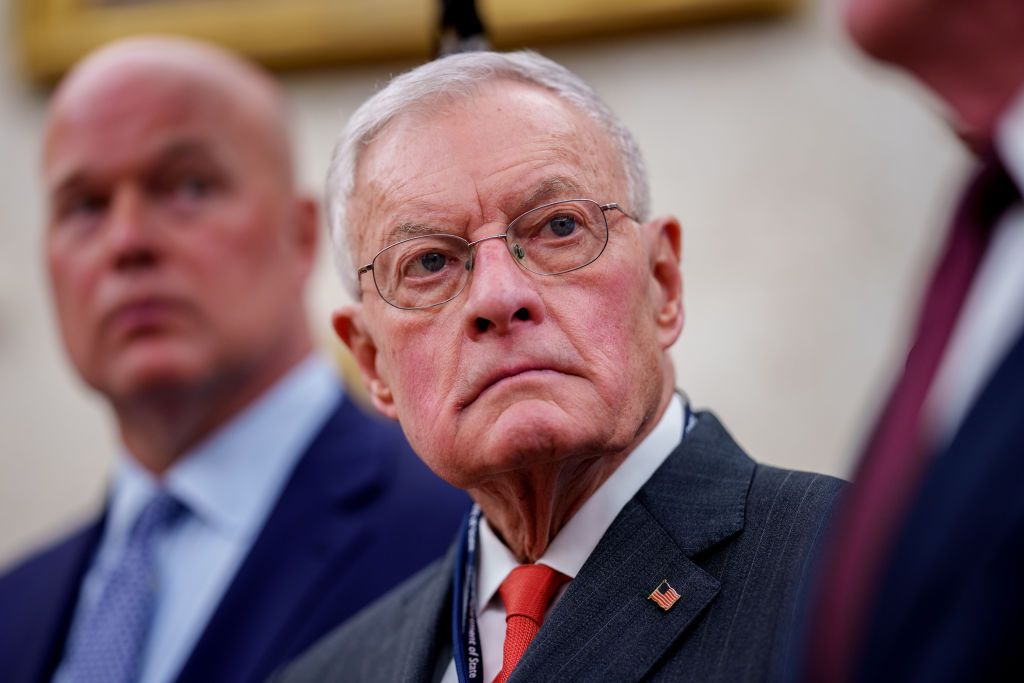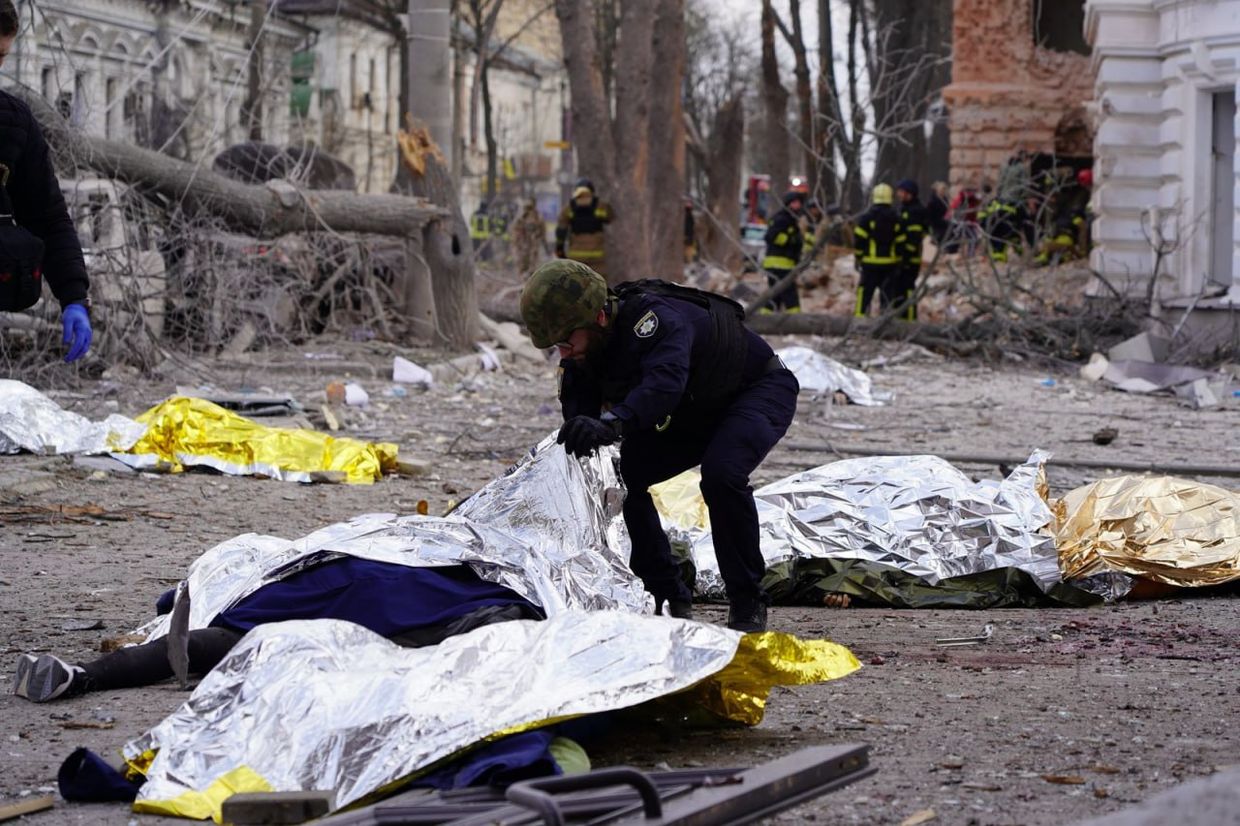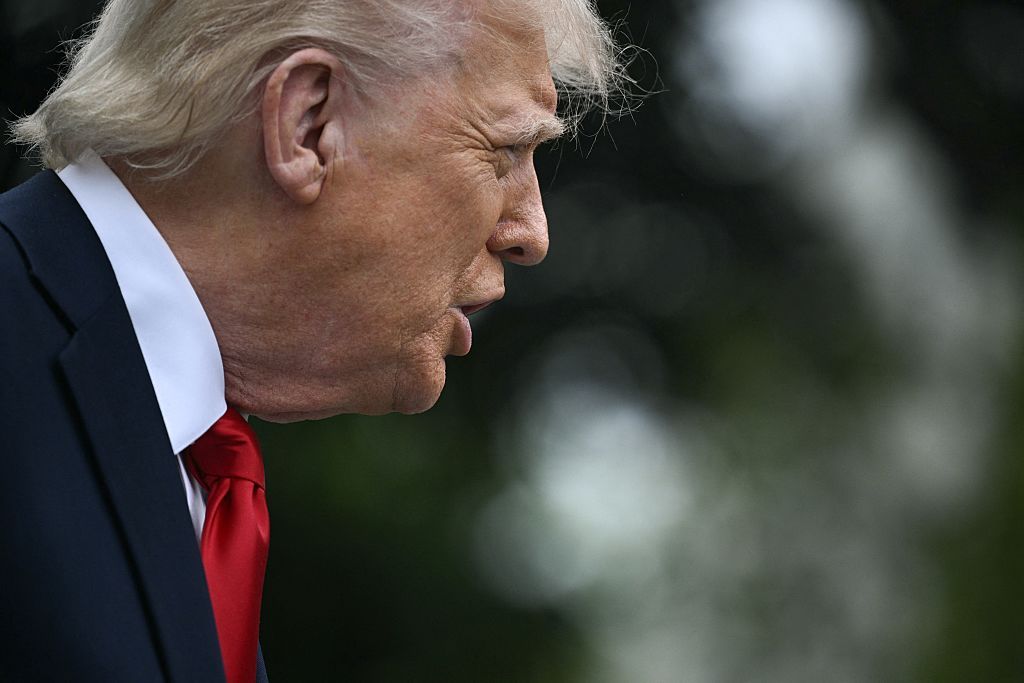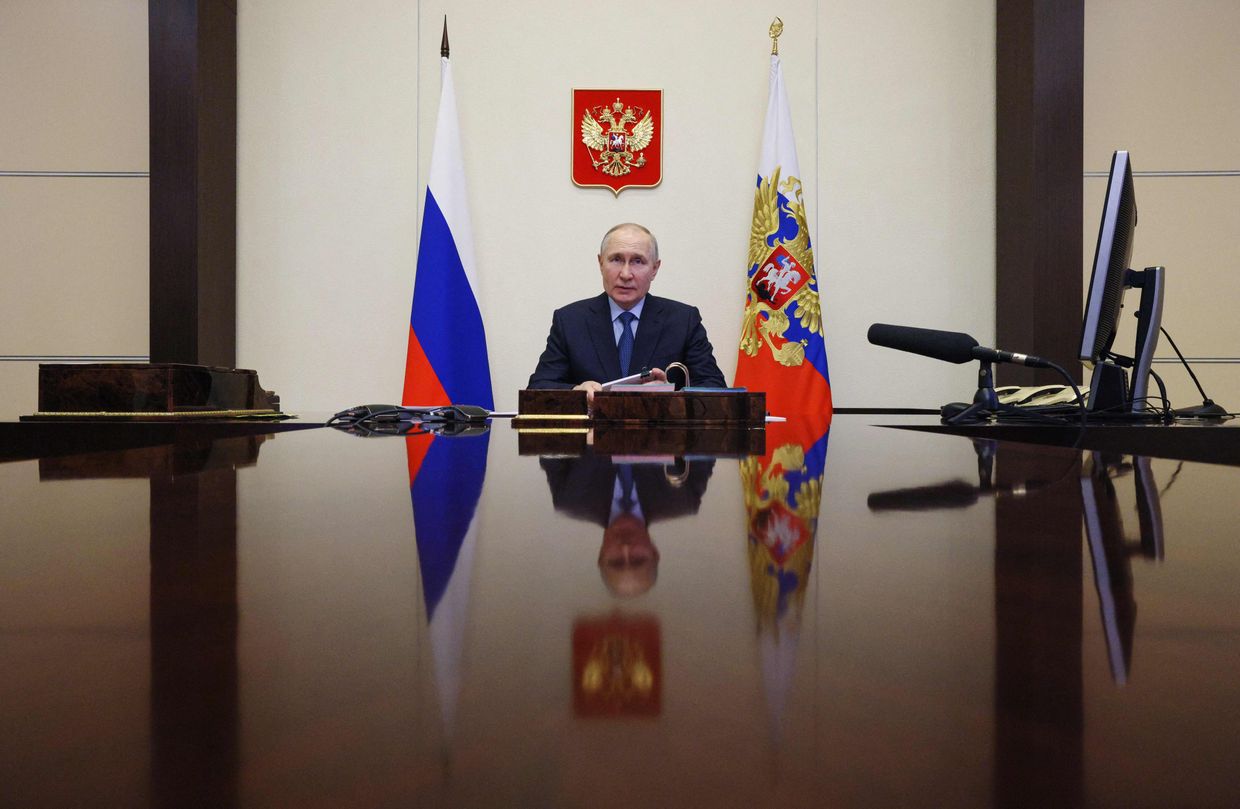Editor's Note: The following are the analytical notes that Timothy Ash, senior strategist at Bluebay Asset Management, distributes to his subscribers. The Kyiv Independent is reposting it with permission.
With lots of focus now on the heightened military threat from Russia, I assume there will be concern about how durable the Ukrainian economy would be through a period of accentuated Russian pressure.
Not sure we are going to see a collapse in investment into Ukraine until the bullets actually fly. I think most real asset investors in Ukraine are well versed in the geopolitical risks around Ukraine and are in the country for the long run. They understand the challenges but see great long-term opportunities still.
Foreign direct investment flows have been disappointing in recent years and I think that is reflected to some extent in the disappointing growth/recovery story in 2021, with real GDP (gross domestic product) growth likely to come in around 3% for the full year, after a 4% real GDP contraction in 2020.
That’s disappointing given the low base, and is around half the rate elsewhere in the region, as compared with the likes of Hungary, Poland and Romania. The latter though has had the benefit of various European Union recovery funds. Ukraine obviously has geopolitical risks, but also lots of noise around corruption, judicial reform and general business environment stuff.
But the broader macro position is encouraging. I think technocrats at the National bank of Ukraine (NBU) and the Ministry of Finance, backed by the International Monetary Fund (IMF), have done a stellar job since 2014 turning the story around - they deserve medals for their contribution to the defense of Ukraine.
Just to think back, but compared to 2014-2015 foreign exchange reserves at the NBU are now six times higher, at over $30 billion, and providing something like 100% coverage of gross external financing needs. This is a reflection of a much-improved balance of payments (BOP) position. Compared to 2013 when the current account deficit was a stonking 9.2% of GDP, it was actually in surplus last year at 4% of GDP and is expected to be close to balance this year, before moving into a moderate deficit in 2022 due to the increased cost of energy imports.
The improvement in the current account reflects structural changes in the energy sector, with higher prices and energy conservation reducing consumption and import demand. It also reflects the remarkable resilience and growth in worker remittances which are up around 25% year-over-year in 2021 to something close to $14 billion (and double the level from 2014).
I guess the downside on the latter account is that this reflects the migration of young, talented Ukrainian workers to places like Poland and the UK. Great for the recipient countries but a brain drain for Ukraine, albeit the plus is the support the return flows bring to the current account, helping to support the hryvnia.
Finally, on the foreign trade front, Ukraine has benefitted from favorable terms of trade, and also a great harvest this year.
The trade turnaround from 2014 is again remarkable, as there has been a complete reset and reorientation from heavy reliance on trade with Russia, to now overwhelming dominance of the EU/UK in trade - a decade early two-thirds of trade was with Russia, now it is single digits. This has again reduced Ukraine’s vulnerability to economic warfare from Russia.
As noted the strong balance of payments, solid foreign exchange reserve buffer, plus also IMF/IFI support have kept the hryvnia strong this year - one of the best performing emerging market currencies. Arguably it is a little too strong and might benefit the broader economy if it were a little weaker.
Public finance has also much improved since 2014, with the quasi-fiscal deficit cut from 8% of GDP to around 2% of GDP before Covid-19 hit. Around 6% of GDP last year, it is expected to be something at or below 5% of GDP in 2021, with the hope to reduce the deficit to something around 3.2% of GDP in 2022.
Fiscal restraint/reform, strong debt management, and real federal exchange appreciation (still high share of FX debt in the total) have enabled the ratio of general government debt to GDP to decline to something like 55% this year, from a peak of close to 90% in 2015 around the time of the debt restructuring, and a pick up due to Covid-19 to 61% last year.
Fiscal performance has been strong relative to its Central and Eastern European peers this year, which are still running much larger deficits and have benefited from stronger real GDP growth drivers. Much of the acclaim herein should go to the Ministry of Finance for spending restraint and reform, revenue collection and debt management.
So the balance of payments and public finance profile looks solid, there is a decent foreign exchange reserve buffer and the hryvnia has been strong/stable, albeit there have been some signs of some local selling around geopolitical concerns this week. But the latter has been met by some foreign exchange reserve intervention, and the NBU has helped send a message of assurance by keeping monetary policy orthodox, continuing to follow its respected emerging market peers by continuing to hike policy rates in response to inflation rising above 10%.
This week we saw another 50bps hike in the base rate to 9% which was absolutely the right move. And the latter kind of shows that, despite some fairly worrying management changes at the NBU in recent years, the policy remains reassuringly orthodox.
Ukraine’s economic problems in my mind are more long-term, and the challenge is about raising long-term growth potential - which requires a faster pace of structural reform. This means doing more to fight corruption, revamping the judiciary, making Ukraine a better place to do business, invest and live - and get some of those likely 5-6 million talented Ukrainians working overseas back.
Obviously reduced geopolitical risks would help - it would be great if its big eastern neighbor would stop doing stuff to derail its development. Without the latter threat, I think Ukraine could end up being a remarkable success story.
I guess the reality is the Russian military threat is real. And conflict would be very damaging as in the peak of the Russian intervention in 2014-2015. Likely the hryvnia would weaken on a worsening security situation in the East. The NBU likely would meet some of that with further foreign exchange intervention and likely further rate hikes. I also expect further and significant Western financial support for Ukraine - good recent news with an additional £1 billion from the UK, increasing its export support program to £3.5 billion. I expect other friendly states to follow suit, seeing Ukraine as in the front line defending Western liberal market democracy from autocracy and bullying.
In conclusion, though, I think the Ukrainian macroeconomic situation is a world apart from that in 2013-2015 at the time of the Euromaidan Revolution, the annexation of Crimea and then Russian military intervention in the Donbas.
Better macro underpinnings, a likely strong and credible policy response and significant Western financial support should provide a large degree of durability. But obviously much depends on the scale and level of destruction wrought by any Russian attack.
You would hope that if Russian President Vladimir Putin’s end game is ultimately better relations with Ukraine he would be mindful of the level of economic chaos wrought, albeit in truth that seemed low on his list of priorities back in 2015.



